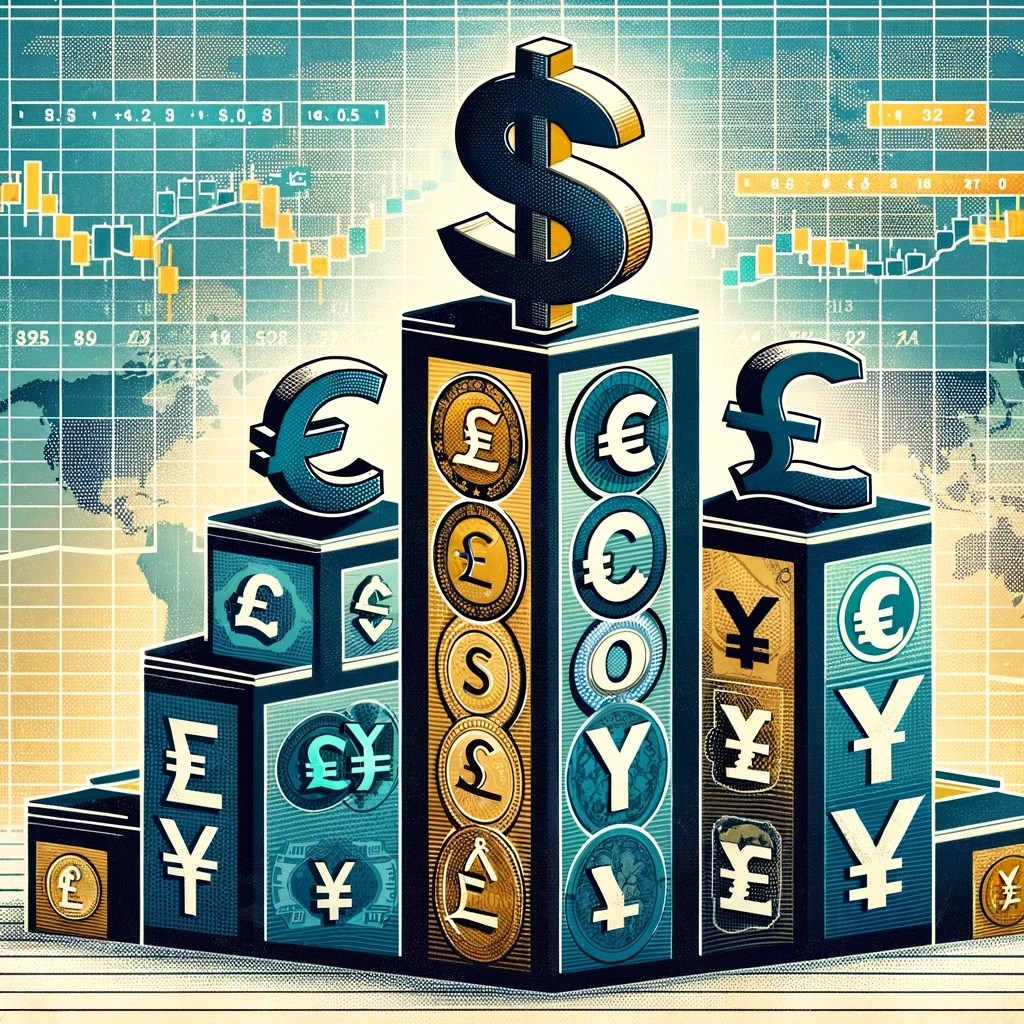The dollar, once the bedrock of global financial stability, has now found itself at the bottom of the heap. In a stunning turn of events, the U.S. dollar, often synonymous with economic might, has been relegated to the 10th spot in Forbes’ latest ranking of the world’s strongest currencies. This development comes amidst concerted efforts by the BRICS nations, particularly China and Russia, to diminish the greenback’s global dominance.
The Global Currency Tug-of-War
The dollar’s current predicament also raises questions about the future of global economic dynamics. Historically, the dollar’s dominance has been a cornerstone of international trade, influencing everything from oil prices to the valuation of other currencies. However, with emerging economies gaining momentum and diversifying their reserves, there’s a palpable shift in the financial winds. This diversification is not just a power play but a strategic move to mitigate risks associated with the dollar’s fluctuations.
Additionally, the technological advancements in digital currencies and blockchain are introducing new variables into the currency equation, potentially reshaping how global transactions are conducted. This evolving landscape could lead to a more multipolar currency world, challenging the dollar’s long-held supremacy but also creating a more resilient and dynamic global financial system.
BRICS countries, alongside several developing nations, have been actively pushing for de-dollarization, a move spearheaded with vigor by China and Russia. Their goal? To challenge and potentially dethrone the dollar’s supremacy as the global reserve currency. Despite these efforts, the BRICS currencies didn’t quite make the cut in Forbes’ top ten list, indicating their ongoing struggles in the global currency market.
On the other side of this currency war, the dollar, despite its last-place finish in the top ten, continues to play a pivotal role in global trade and commerce. Its status as the de facto currency in international transactions remains unshaken. Reserve Banks worldwide, heavily invested in U.S. treasuries, find it hard to operate without the trusty greenback. So, while the BRICS may be gaining ground, the dollar still wears the crown in global markets.
The Dollar’s Paradoxical Strength
Ironically, while the dollar’s ranking may have dipped, its market performance tells a different story. The U.S. Dollar Index (DXY) has shown remarkable resilience, climbing to new heights in 2024. This growth, fueled by a robust U.S. economy and inflation dynamics, has been further bolstered by the Federal Reserve’s strategic positioning on interest rates.
The dollar’s recovery aligns with the uptick in U.S. yields, countering expectations of imminent Federal Reserve rate cuts. December’s inflation data and the strong labor market are testaments to the economy’s tenacity, prompting Fed officials to consider interest rate adjustments. FOMC Governor Christopher Waller and Atlanta Fed President Raphael Bostic have both indicated a cautious approach to rate cuts, focusing on sustainable inflation control.
Investor eyes are now set on the forthcoming U.S. economic data, with the Manufacturing and Services PMIs and the revised GDP Growth Rate for Q4 being particularly noteworthy. These indicators are likely to influence the dollar’s trajectory in the near term, especially as the Fed enters its “blackout” period.
A Technical Gaze at the Dollar’s Journey
From a technical standpoint, the DXY index is facing immediate resistance around its year-to-date high. A breach of this level could open doors to higher peaks, while a downturn might see the index sliding towards significant support levels. This technical dance of the dollar index reflects the ongoing tug-of-war between economic fundamentals and market sentiment.
While the dollar’s ranking on Forbes’ list may paint a bleak picture, the reality is more nuanced. The greenback’s resilience in the face of global shifts, coupled with the robustness of the U.S. economy, paints a picture of a currency still very much in command. The BRICS nations may continue their quest for de-dollarization, but for now, the dollar remains a central pillar in the world of finance, albeit with a few chinks in its armor. As the global economic landscape evolves, so will the saga of the dollar – a currency that refuses to bow out quietly.





